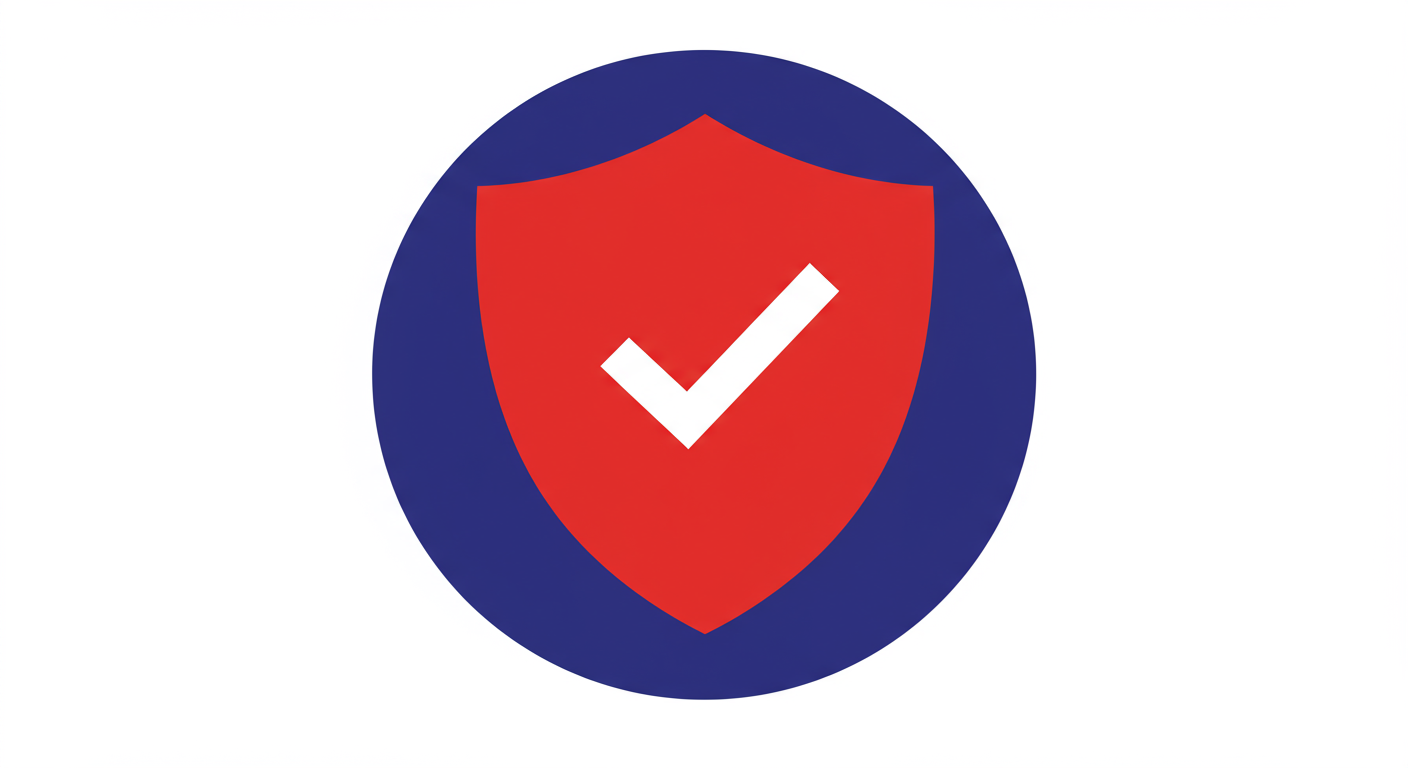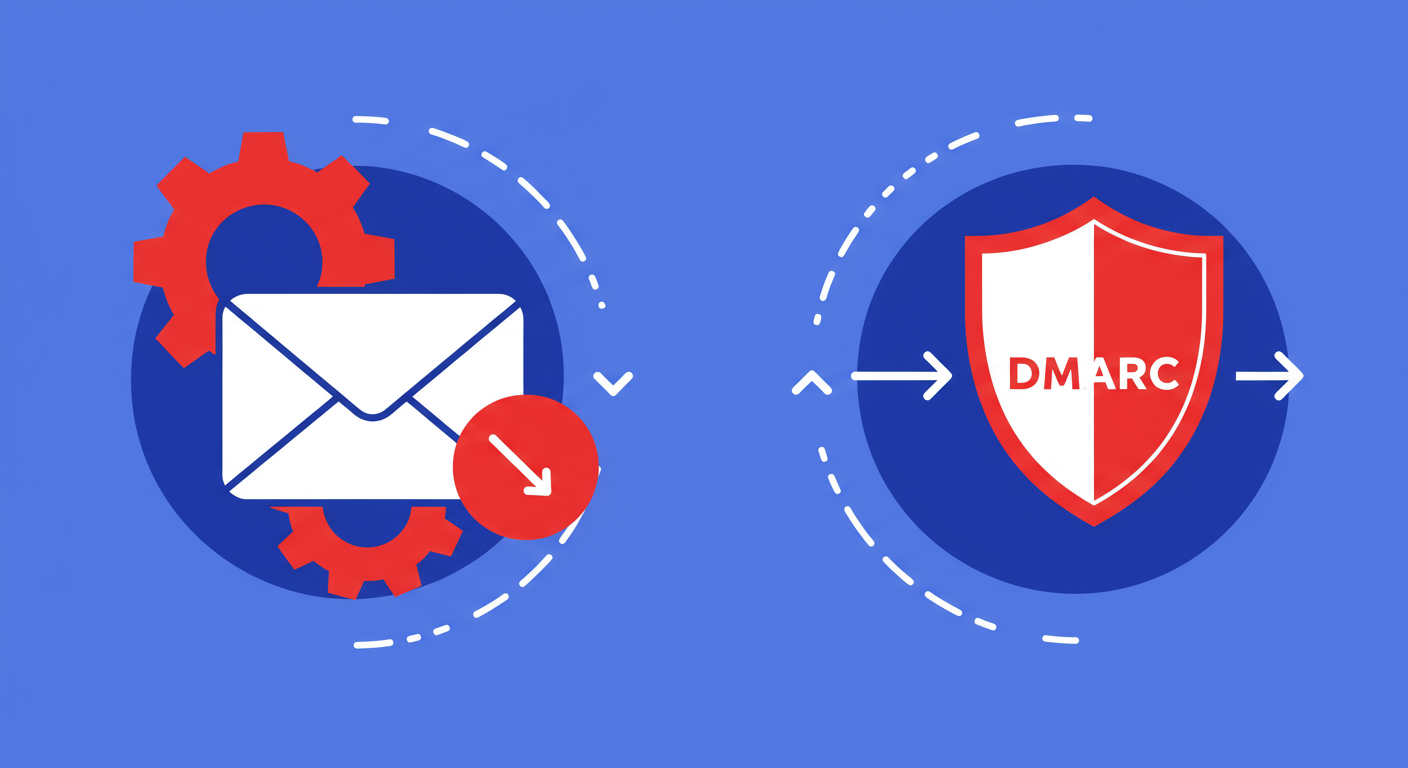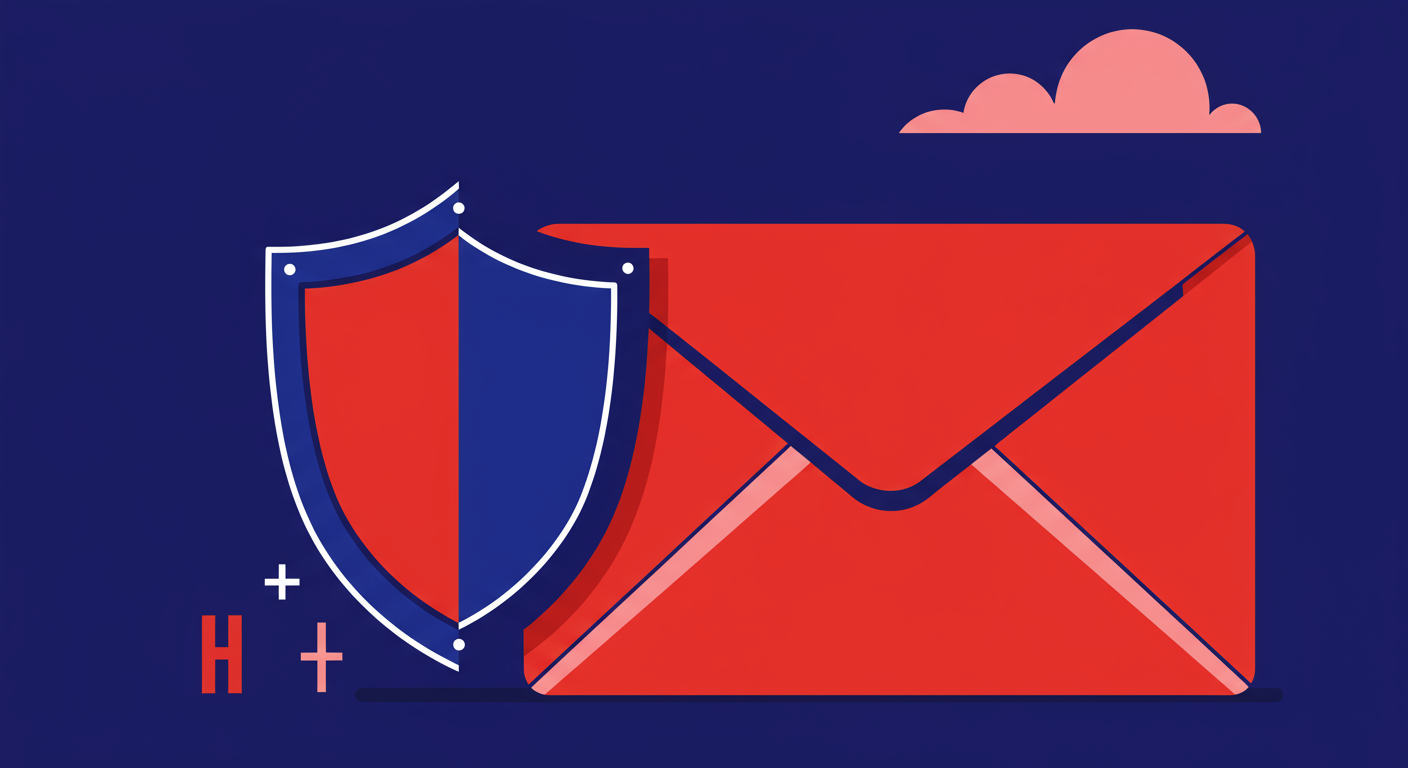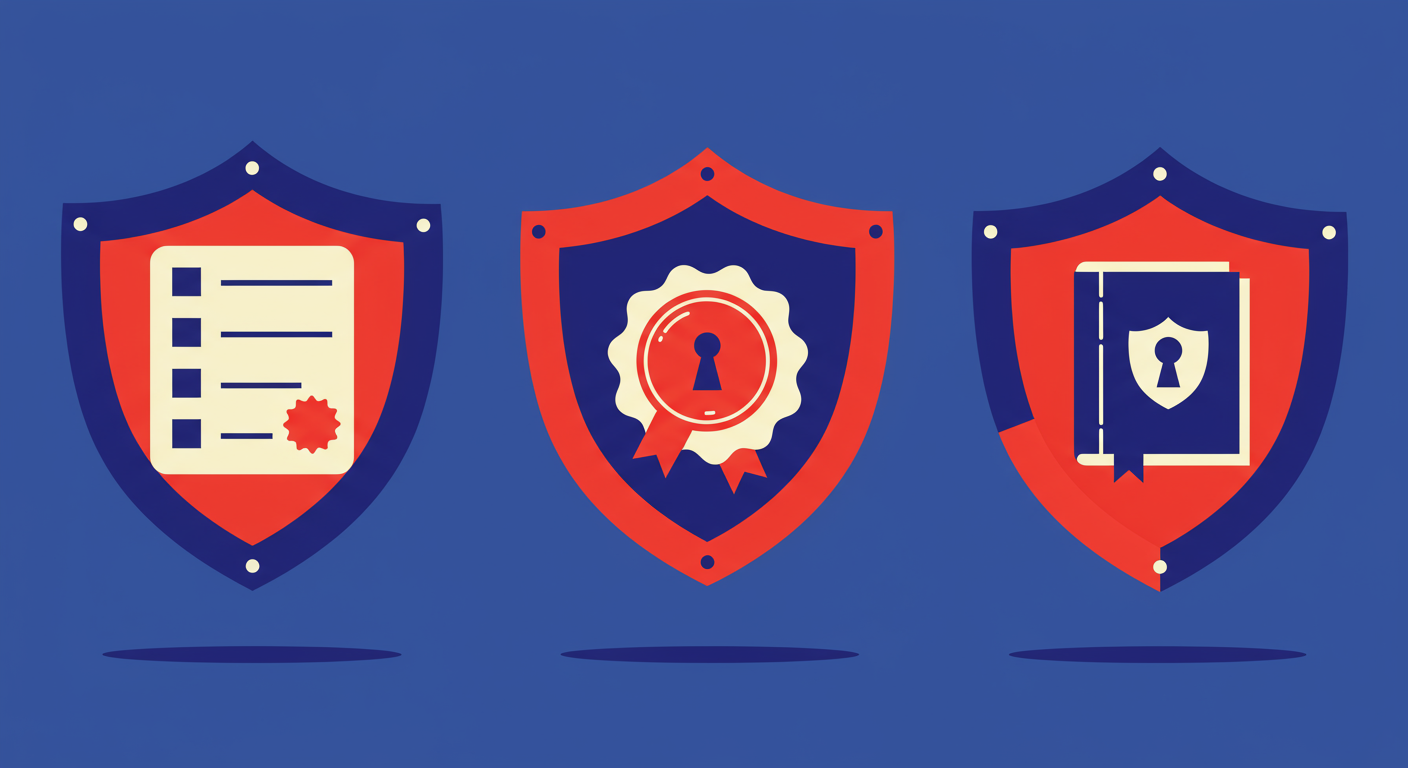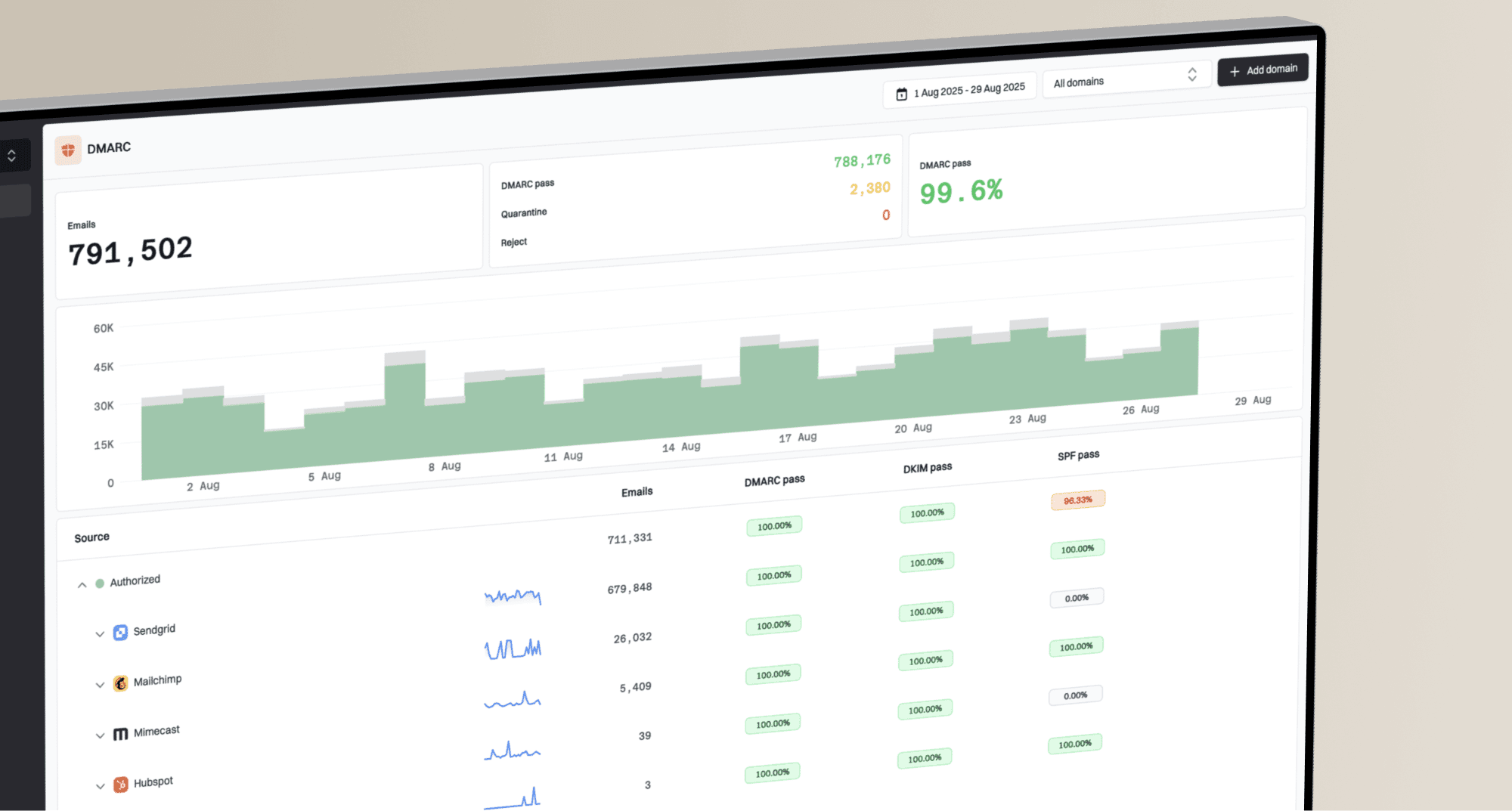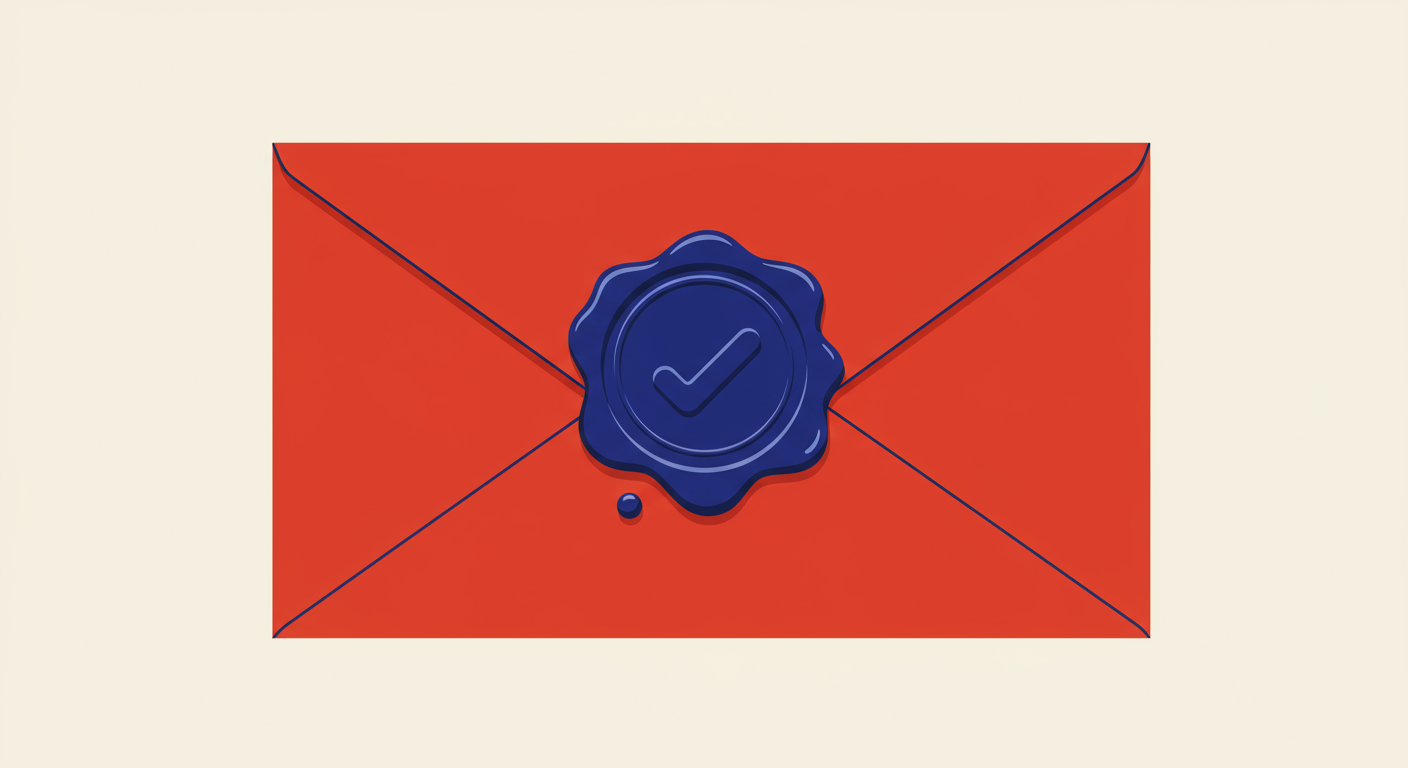
In the world of email, getting your message delivered is only half the battle. The other, arguably more critical half, is ensuring that your domain isn't being used by malicious actors to trick your customers. For years, we've had tools like SPF and DKIM to help authenticate our emails, but they had limitations. They provided a way to verify a sender, but they didn't offer instructions on what to do if an email failed verification, nor did they give senders visibility into who was using their domain.This is where DMARC comes in. Standing for Domain-based Message Authentication, Reporting, and Conformance, DMARC is an email authentication protocol that works on top of SPF and DKIM. It's the critical third piece of the puzzle that provides control and visibility over your email channel. Think of it as the policy layer that tells the world how to handle emails claiming to be from you, protecting your reputation and your recipients in the process.While it might sound technical, the benefits of implementing DMARC are tangible and far-reaching, impacting everything from security to marketing. It has become an essential standard, especially with major mailbox providers like Google and Yahoo now requiring it for bulk senders. Let's explore why DMARC is a true game-changer for anyone who sends email.
The primary and most celebrated benefit of DMARC is its power to thwart email fraud. Cybercriminals frequently use a technique called domain spoofing, where they send emails that appear to come from a legitimate, trusted domain, like yours. Their goal is to trick recipients into revealing sensitive information, clicking malicious links, or making fraudulent payments. These phishing attacks can cause devastating financial and reputational damage.DMARC acts as a powerful gatekeeper. By publishing a DMARC record, you can instruct receiving mail servers on how to handle unauthenticated mail. You can start with a simple monitoring policy (`p=none`) and then move to `p=quarantine` (send to spam) or `p=reject` (block the email entirely). This enforcement is what makes DMARC so effective; it doesn't just identify potential fraud, it actively stops it from reaching the inbox, providing a level of enhanced security that SPF and DKIM alone cannot.
This capability is crucial in fighting sophisticated attacks like Business Email Compromise (BEC). In these scams, attackers often impersonate company executives to authorize fraudulent wire transfers. A DMARC policy set to enforcement makes it significantly harder for these impersonation attempts to succeed, safeguarding your company's assets and the trust you've built with your partners and clients.Ultimately, implementing DMARC provides peace of mind. It allows you to regain control over your domain's usage, ensuring that only authorized services can send email on your behalf. This foundational security measure protects not just your organization, but the entire email ecosystem.

While security is the main driver for DMARC adoption, its impact on email deliverability is a massive benefit for marketers and anyone sending legitimate emails. Mailbox providers like Gmail, Outlook, and Yahoo are constantly fighting spam and phishing. When you implement DMARC, you're sending a strong signal that you are a responsible sender who takes email authentication seriously.
This signal helps build trust with Internet Service Providers (ISPs), which is the cornerstone of a good sender reputation. Over time, as ISPs see that your emails are consistently authenticated and that you are actively blocking fraudulent mail, your domain's reputation improves. This boosted trust directly translates to better inbox placement, meaning your emails are more likely to land in your subscribers' inboxes rather than their spam folders.
A strong DMARC policy also protects your sender reputation from being tarnished by spoofing attacks. If a cybercriminal sends a million spam emails using your domain and you don't have DMARC, receiving servers might associate that spam with you. This can get your domain placed on a blocklist (or blacklist), severely impacting the delivery of your legitimate mail. DMARC prevents this by stopping the fraudulent mail in its tracks.
One of the most powerful, yet often overlooked, benefits of DMARC is its reporting functionality. Before DMARC, domain owners were essentially flying blind. They had no easy way of knowing who was sending emails using their domain name across the internet. DMARC changes this by providing detailed reports that offer a comprehensive view of your email ecosystem.
These reports, known as aggregate (RUA) reports, are sent by mailbox providers and contain information about the sources of emails claiming to be from your domain, and whether those emails passed or failed SPF and DKIM authentication. This data is invaluable. It allows you to discover all the third-party services, such as marketing platforms, CRMs, and payment gateways, that are sending email on your behalf.
You can use this visibility to ensure all your legitimate sending sources are properly configured for authentication. It also shines a light on any unauthorized or fraudulent senders, so you can see exactly how your domain is being abused. This insight is the crucial first step in securing your email channel, as you can't protect what you can't see.
The reporting data is essential for safely moving towards an enforcement policy. By analyzing the reports, you can confidently configure your authentication records for all legitimate senders. This ensures that when you switch your policy to `quarantine` or `reject`, you won't accidentally block your own important emails, making the transition to full protection smooth and risk-free.

Your domain name is a core part of your brand identity. Every email you send reinforces that brand. When customers see an email from you, they have an expectation of trust and legitimacy. DMARC is fundamental to upholding that trust by ensuring the emails they receive from your domain are actually from you.
If a customer receives a convincing phishing email that appears to be from your company, it can severely erode their confidence in your brand, even if they don't fall for the scam. Implementing a DMARC enforcement policy is a proactive measure to protect your brand reputation, preventing this type of brand damage before it can happen. It demonstrates to your customers and the world that you are committed to their security.
Furthermore, DMARC is a prerequisite for another exciting branding opportunity: BIMI (Brand Indicators for Message Identification). BIMI allows you to display your company's official logo next to your authenticated emails in the recipient's inbox at participating mailbox providers. This provides immediate, visual verification of your brand, but it's only possible if you have a strong DMARC policy in place.
When you combine enhanced security, improved deliverability, and clear visibility, the result is comprehensive brand protection. DMARC ensures the integrity of your most important digital communication channel, preserving the trust and reputation you have worked so hard to build.
In conclusion, the benefits of DMARC extend far beyond a simple technical standard. It's a strategic tool that provides robust security against fraud, significantly improves your email deliverability, offers unparalleled visibility into your email activity, and fundamentally protects your brand's integrity. It transforms email from a potential vulnerability into a secure and trustworthy channel.
What was once a best practice is now a necessity. For any organization that relies on email, implementing DMARC is no longer optional. It's a foundational element of modern email strategy. The journey starts with monitoring, so there's no reason to delay. Begin the process today to secure your domain and unlock the full potential of your email communications.


